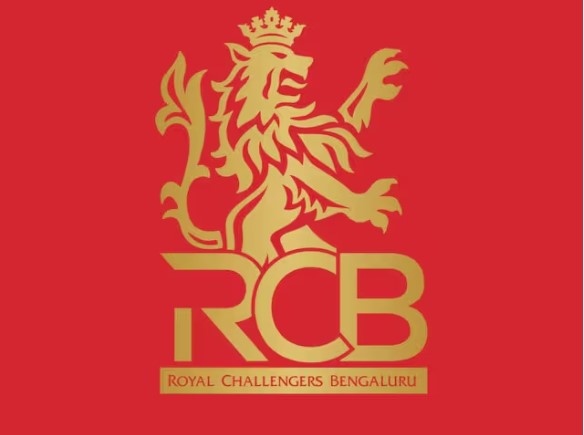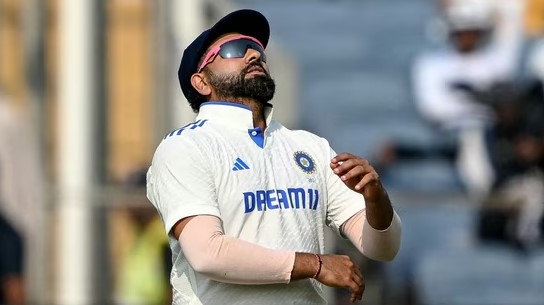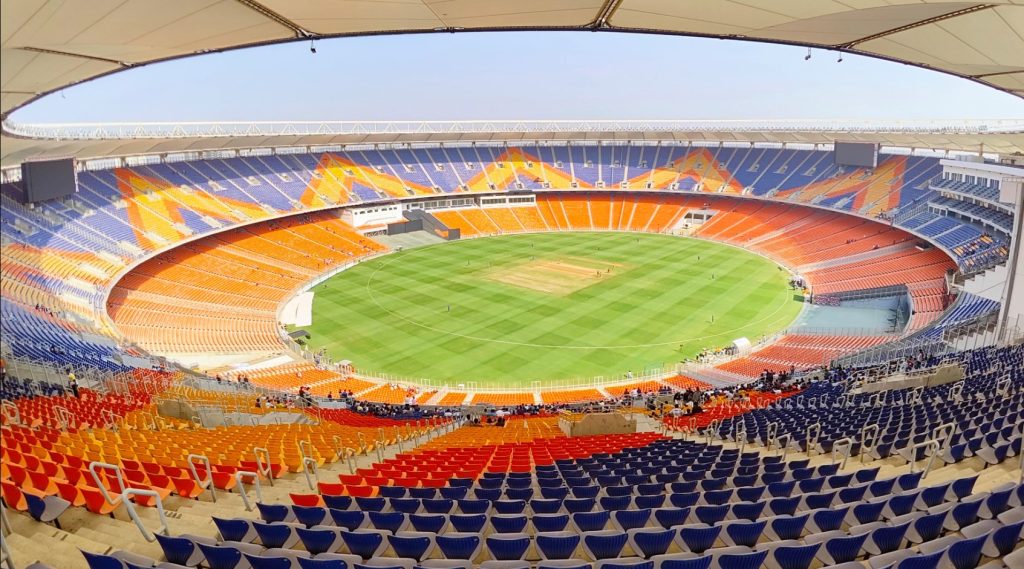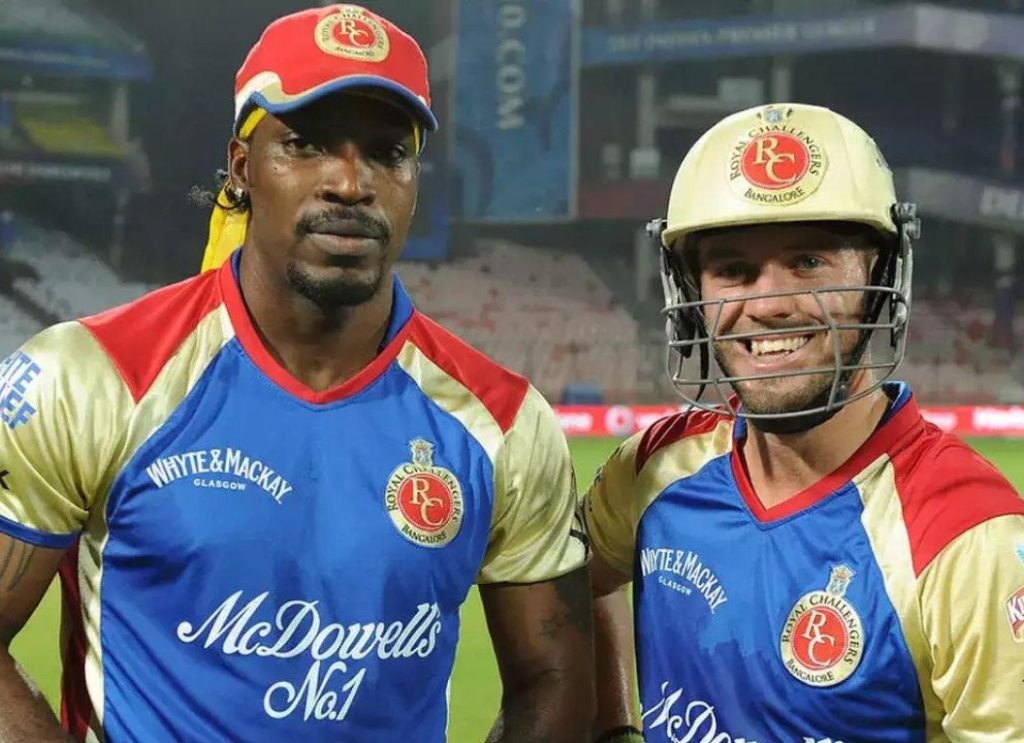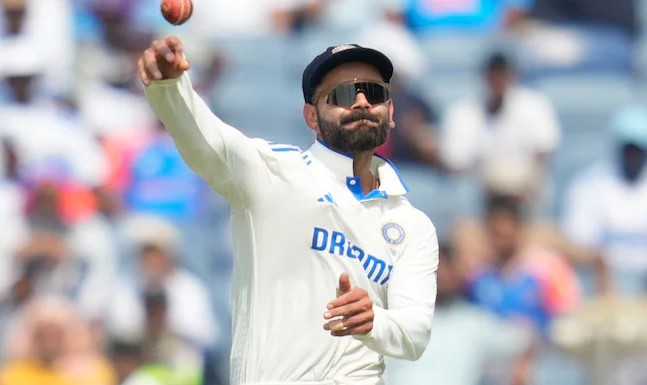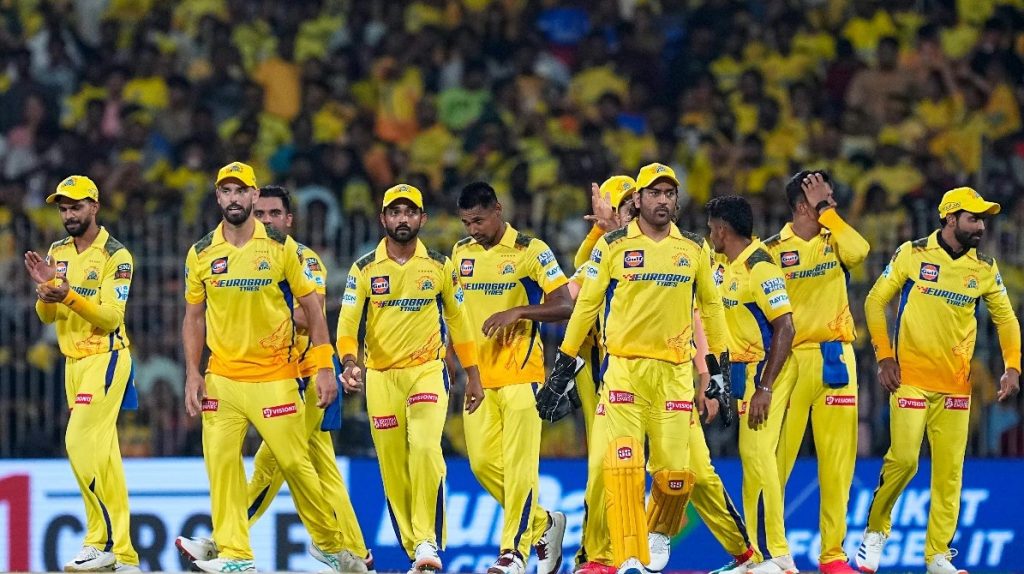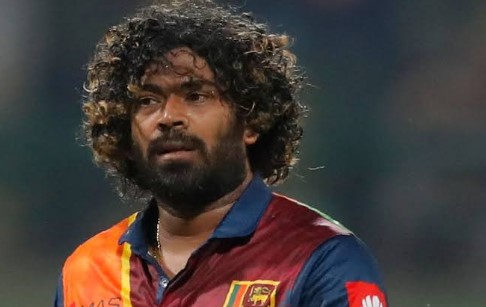Footwork in cricket is one of the most fundamental skills that a batsman must master to be successful. Whether it’s defending a delivery, playing an attacking shot, or negotiating the varying conditions of the pitch, good footwork allows a batsman to maintain balance, position, and timing, enabling them to play all kinds of deliveries effectively. In this article, we will dive deep into the concept of footwork in cricket, its importance, different types of footwork, and techniques for developing it. We will also highlight some of the top players known for their exceptional footwork and how it has contributed to their batting prowess.
The Importance of Footwork in Cricket
Good footwork is critical for several reasons:
- Balance and Stability: Proper footwork helps batsmen maintain their balance and body position while playing shots. It ensures that they are well-placed to make the most of each delivery.
- Shot Execution: Footwork allows the batsman to position themselves optimally for different types of shots. Whether it’s a drive, cut, pull, or sweep, the footwork determines how cleanly and effectively a batsman can play the shot.
- Playing Different Types of Deliveries: Effective footwork helps batsmen deal with various deliveries such as fast deliveries, spinners, and swing. It allows them to judge the length and line of the ball early and make necessary adjustments.
- Playing with Timing and Control: Proper footwork allows a batsman to get to the ball early, helping them play shots with greater timing and control. It also reduces the risk of mistiming the ball, leading to unnecessary dismissals.
- Facing Pressure: When under pressure, especially during challenging conditions or against quality bowling, good footwork allows the batsman to stay calm, adjust, and play their shots effectively.
Different Types of Footwork in Cricket
Footwork in cricket can broadly be classified into two main types based on the batsman’s movement:
- Forward Footwork
- Back Footwork
Each type of footwork is employed in response to the length and line of the ball, allowing the batsman to position themselves effectively.
1. Forward Footwork
Forward footwork is used when the batsman needs to come forward to meet the ball. This is particularly effective against full-length deliveries, where the batsman must cover the swing and seam movement, and for playing drive shots.
| Forward Footwork Technique | Description |
|---|---|
| Step Forward | The batsman takes a big stride towards the pitch of the ball, getting closer to the ball to cover the line of attack. |
| Head and Body Alignment | The head and body must be aligned with the ball to maintain balance. The front foot should be planted firmly in line with the ball to control the shot. |
| Weight Transfer | The weight must transfer from the back leg to the front foot during the shot, providing balance and control. |
Key Shots Played with Forward Footwork:
- Drives: Cover drives, straight drives, on drives.
- Defensive Shots: Forward defence to block deliveries.
- Flicks and Taps: Often used when the ball is pitched slightly outside off-stump.
2. Back Footwork
Back footwork is employed when the batsman plays deliveries that are short in length or rise unexpectedly. This type of footwork is used for playing shots on the back foot, such as cuts, pulls, and square drives.
| Back Footwork Technique | Description |
|---|---|
| Step Back | The batsman moves backward, away from the line of attack, to give themselves more time to play the shot. |
| Head Position | The head should remain still and focused on the ball. The eyes must be level, tracking the ball closely. |
| Balance and Control | The back foot must be firmly placed on the ground, ensuring that the batsman remains balanced when playing the shot. |
Key Shots Played with Back Footwork:
- Cuts: Square cut, late cut.
- Pulls and Hooks: On the back foot to deliveries that are short-pitched.
- Square Drives: To both fast and spin bowlers when the ball is pitched outside the off-stump.
Footwork Against Different Types of Deliveries
The type of footwork a batsman uses will vary depending on the type of bowler they face. Here’s how footwork can be adjusted based on the delivery type:
| Type of Delivery | Footwork Required | Key Shots |
|---|---|---|
| Fast, Full-Length Deliveries | Forward footwork, with a big stride to cover the line. | Cover drive, straight drive, flick. |
| Short-Pitched Deliveries | Back footwork, moving back to play shots behind square. | Pull, hook, cut. |
| Slow, Flighted Deliveries (Spin) | Either forward or back footwork depending on the length of the delivery. Move with control. | Sweep, forward defense, back-foot cut. |
| Swinging Deliveries | Early footwork to judge and adjust for swing. Forward or back footwork depending on the line and length. | Defensive shots, drives, or late cuts. |
Footwork Drills and Techniques for Improvement
Mastering footwork is a gradual process that requires constant practice. Here are some drills and techniques that can help improve footwork:
1. Shadow Batting
- Shadow batting involves practicing your footwork in the nets or without a ball. It helps improve your timing and coordination.
- Perform the same set of shots you intend to play but without the ball, focusing entirely on your foot movement and body alignment.
- This drill also helps with muscle memory, making the movements more instinctive during a match.
2. The “Step and Play” Drill
- This drill involves placing cones or markers in the nets to simulate a delivery. The batsman is required to step forward or backward in response to the marker and play the shot accordingly.
- This helps develop the ability to move to the correct position before playing each shot, improving both forward and back foot footwork.
3. Front Foot and Back Foot Challenges
- In this drill, the batsman is instructed to respond only with front foot or back foot shots, depending on where the ball is pitched.
- This helps improve the instinctive response to different types of deliveries.
4. The Ladder Drill
- Using an agility ladder, batsmen practice quick movements, emphasizing lateral and forward/backward movement. This improves the speed and coordination of footwork.
Famous Batsmen Known for Their Exceptional Footwork
Some batsmen are particularly renowned for their excellent footwork, which has played a significant role in their batting success. These players are often able to manipulate the ball with elegance and precision, thanks to their impeccable footwork.
| Player Name | Country | Known For | Footwork Skills |
|---|---|---|---|
| Sachin Tendulkar | India | Mastery across all formats, particularly in Test cricket | Precise forward and back footwork, especially against spin. |
| Steve Smith | Australia | Unorthodox technique, particularly against spin | Excellent ability to move forward and back with ease, especially on bouncy tracks. |
| Ricky Ponting | Australia | Aggressive and solid against fast bowlers | Quick forward foot movement for drives and back-foot cuts against fast bowlers. |
| Jacques Kallis | South Africa | Consistency and adaptability in all conditions | Perfect balance between back and forward footwork for attacking and defensive shots. |
Conclusion
Footwork is undeniably one of the most critical aspects of batting in cricket. Good footwork not only helps players get into the right position to play their shots but also improves their ability to handle different types of deliveries. It enables batsmen to adjust quickly to varying pitch conditions, playing both fast and slow bowlers with equal confidence.
Through deliberate practice, such as drills and shadow batting, players can significantly improve their footwork, ultimately leading to better performance at the crease. Some of the greatest batsmen in the history of the game have been known for their remarkable footwork, and aspiring cricketers can take inspiration from these players to elevate their own skills.
In conclusion, the ability to master footwork is a vital component for any cricketer who wishes to succeed in the game, as it forms the foundation for executing shots and building a solid innings.



